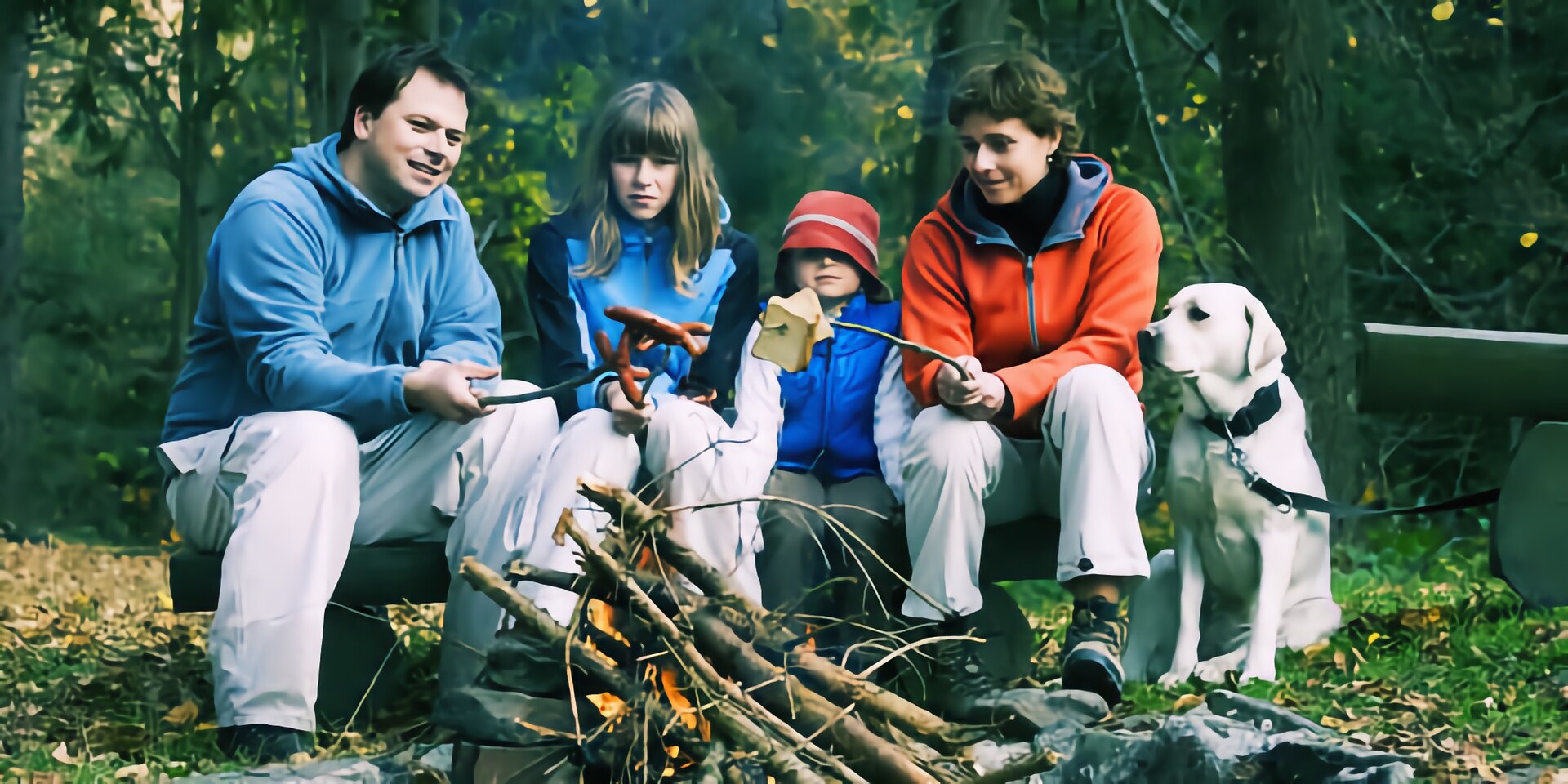Remarriage And Step-parenting
Families, whether biological or chosen, are what give most people’s lives their shape. Most of our happiest and most tragic experiences are somehow connected with family. Families are flawed, complex, intense organic units whose members often fail each other in important ways. But family affection is the glue that holds lives together... and gives life meaning.” (Mary Pipher 1996, The Shelter of Each Other)
The Brady Bunch in the 1970’s gave us an ideal picture of what remarriage and step-parenting could look like. However, as many blended families can attest, not everyone’s experience of blending the family is as seamless as this ideal. With around fifty percent of divorces involving children and around seventy percent of people who have been divorced remarrying, the issue of step-parenting and blended families is a reality for many families (ABS 2007). While step or blended families can be a rich and rewarding experience, it’s important to recognise that a blended family is different in composition, needs, history and development than first families and addressing these areas is important to ensuring a successful blend.
It is useful to understand that all families are dynamic in nature and will go through various stages of change over time. However, in the creation of a blended family the starting point of the family is very different to first families. One or both parents may have been married to someone else previously and children will have a parent that lives outside the home. Family norms, traditions and structures have begun to develop previously in another family unit.
Family researcher Howden (2007) has identified that the family life cycle varies considerably for step families than for first families as normal family development has been interrupted by the unplanned crises of separation, divorce, and the formation of the new stepfamily. Additionally, the development of relationships occurs in stepfamilies in a more dyadic formation where the primary relationships is between the new husband and wife and then biological parent and child. Working on these relationships in a parallel fashion rather than con-currently will go a long way to taking pressure of new stepfamily relationships to feel instantly loving and over time work towards a feeling of togetherness. In order to create a shared sense of family, family goals, values, structures, as well as individual needs and feelings, need to be acknowledged continually. Because of these complexities it is important that step-families make the conscious effort to negotiate all the changing relationships and in this sense a step-family is very much an intentional family.
In order to create a shared sense of family, communication is and continues to be vital as all the relationships are negotiated and re-negotiated over time. Quite often families are able to work this through on their own through creating times for family meetings to discuss issues the family is working through to become a new family unit. At other times, the help of a professional counsellor, who is outside the new stepfamily system can help each member of the family discuss how they are experiencing the changes, express their needs and find mutual solutions. A counsellor can also help a blending family to have realistic expectations that include understanding things won’t be perfect overnight and the importance of staying patient as everyone adjusts and builds solid relationships over time. Becoming a blended family is not a straight-forward process but with the right approach and lots of patience it can be done in such a way everyone feels loved and belongs.
References:
Howden, M. (2007) Stepfamilies: Understanding and responding effectively, Australian Institute of Family Studies (online) [Accessed May 10, 2011].
Kemp, G. & Segal. J (2009) Step-parenting and blended family advice, HelpGuide.Org [Accessed May 2, 2011]
Pipher, M. (1996) The Shelter of each other: rebuilding our families to enrich our lives, Vermillion, London.




